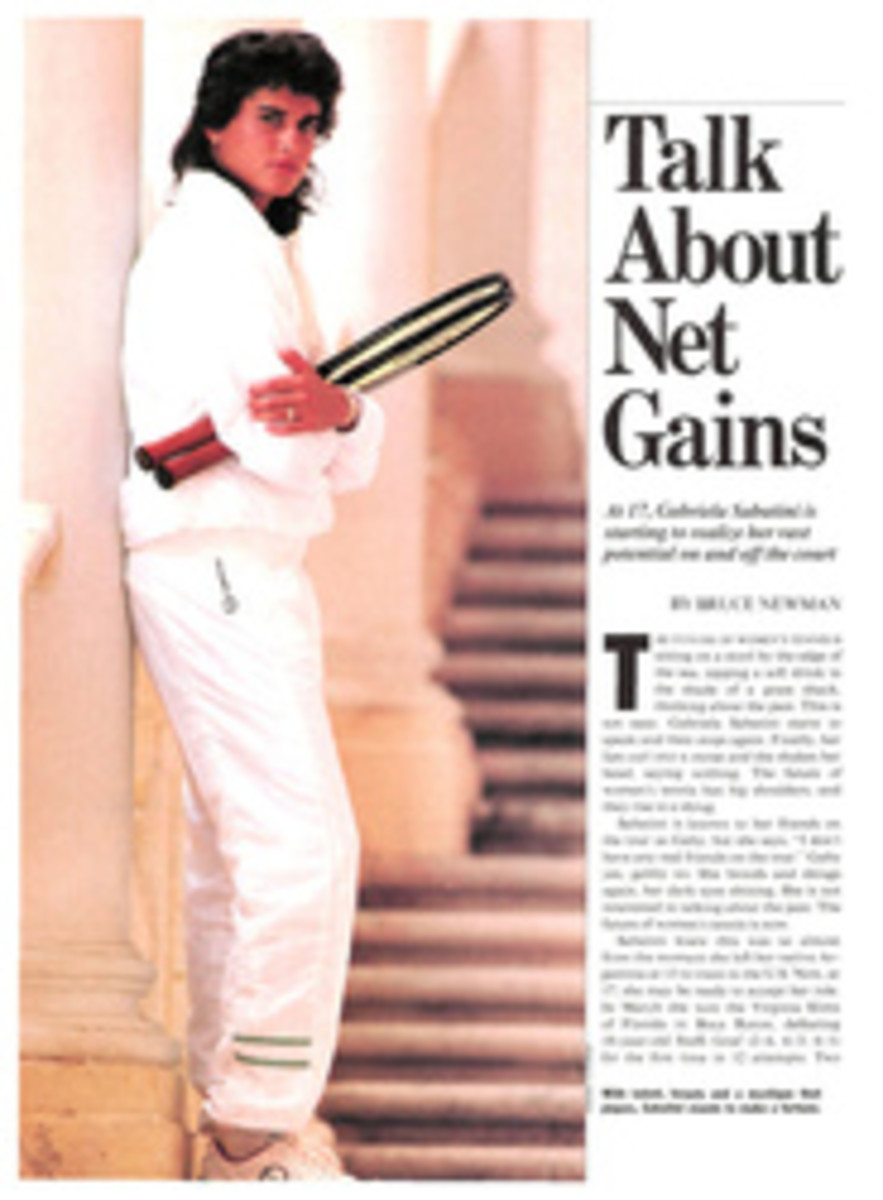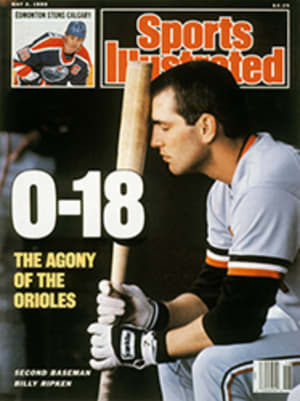
Letters
GEHRIG'S LEGACY
Thank you for an exceptional baseball issue, especially David Noonan's article on Lou Gehrig (Double Legacy of the Iron Horse, April 4). As an avid fan of the game, I had always been aware of Gehrig's numbers, but I was stunned when Noonan put them in perspective. To think that a slump could consist of a .295 average and 114 RBIs. Show Gehrig's stats to Dave Winfield, George Bell and Pedro Guerrero when their contracts come up for negotiation.
WILLIAM E. THOMAS
Las Vegas, W. Va.
We need more articles like this to show younger fans what the term "superstar" really means.
ROBERT LEPARD
Mount Clemens, Mich.
I am glad the article deals not only with Lou Gehrig but also with the deadly disease associated with his name, amyotrophic lateral sclerosis (ALS). A lot of people are aware of Gehrig's accomplishments, but so very few know much about the disease that took his life.
My father was diagnosed as having ALS in 1980, and he died five years later, after his body had slowly deteriorated. He had been a very active person in the community and business. Noonan's account made ALS understandable to everyone, especially those who have friends or relatives who are suffering from it.
JAMES P. CRONIN
Bradford, Mass.
It is remarkable how young Gehrig was (35) when his symptoms were first diagnosed. The average age at presentation of symptoms of ALS is 45, and it can appear as late as 65. It's mind-boggling to imagine how much longer his streak could have lasted had Gehrig not been prematurely afflicted by "his" disease.
BRIAN P. FARRELL, M.D.
Palos Heights, Ill.
GRAND OLD PARKS
I agree with Ron Fimrite (POINT AFTER, April 4) that Fenway and Wrigley and our other grand old ballparks should be preserved. Domes and ovals are for speed skating, not for baseball!
JEFF SPOTTS
Cranford, N.J.
If it's nostalgia Fimrite wants, I suggest he pop a few new tubes in his radio, load it into his Model T, ride to Tiger Stadium and listen to a game in the parking lot. Then he can go home, write the game up on his manual typewriter and wire his article in over the telegraph.
Funny how it often turns out that those Luddite whiners who despise large, multipurpose modern stadiums also happen to be the people with the money or the connections to get good seats in the small, cramped "traditional" parks. The rest of us will gladly give up a little tradition just to get tickets.
PETER G. KLEIN
Chapel Hill, N.C.
UMPS AND OTHER WOMEN
How appropriate that your SCORECARD comments in the March 28 issue should have appeared the week Congress overrode attempts to prevent the rearming of our civil rights legislation. Bob Knepper's and Thomas Hearns's remarks about women are reason enough to keep civil rights laws strong.
TERESA B. MCFARLAND
Montgomery, Ala.
Come on, Bob Knepper, wake up and see the light. Women aren't trying to challenge your masculinity; Pam Postema just wants to be an umpire. It's too bad Jackie Robinson isn't around to voice an opinion. If anyone could appreciate and understand what Postema has gone through, it would be he. It took many years before people accepted Robinson as a part of baseball—and the results speak for themselves. Now it's Postema's turn. Hang in there, Pam!
VICKI BAYER
Oshkosh, Wis.
DEFORD'S WORDS
In my story on the Davis Cup (Tie Goes to the Winner, April 11), Philippe Chatrier, president of the International Tennis Federation, is quoted as saying in reference to why some modern players choose not to participate in Cup competition, "But many are simply scared and cower when they ask for another service ball and don't hear the referee say their name but their country: 'Advantage United States.' " A glitch in the closing of the story added the quotation marks around that sentence. Those words are mine, not Chatrier's.
FRANK DEFORD
Westport, Conn.
GEHRIG ON THE GRIDIRON
As David Noonan mentioned, Gehrig was skilled at all sports. His swim across the Hudson River at age 11 was spectacular. And at Columbia, Gehrig played football (below) as well as baseball. In his book Lou Gehrig: A Quiet Hero, Frank Graham wrote, "...he was a very good [football player]...he played part of the time as a tackle and part as a halfback. As a lineman he hit hard on the offense and was stout and resourceful on defense.... Lou was a triple-threat man and in addition a fine blocker and a letter man on the 1922 team. Probably the thing he did best, however, was to punt."
RICHARD PAGANO
Swarthmore, Pa.
PHOTO
AP
Letters to SPORTS ILLUSTRATED should include the name, address and home telephone number of the writer and should be addressed to The Editor, SPORTS ILLUSTRATED, Time & Life Building, Rockefeller Center, New York, N.Y. 10020-1393.

